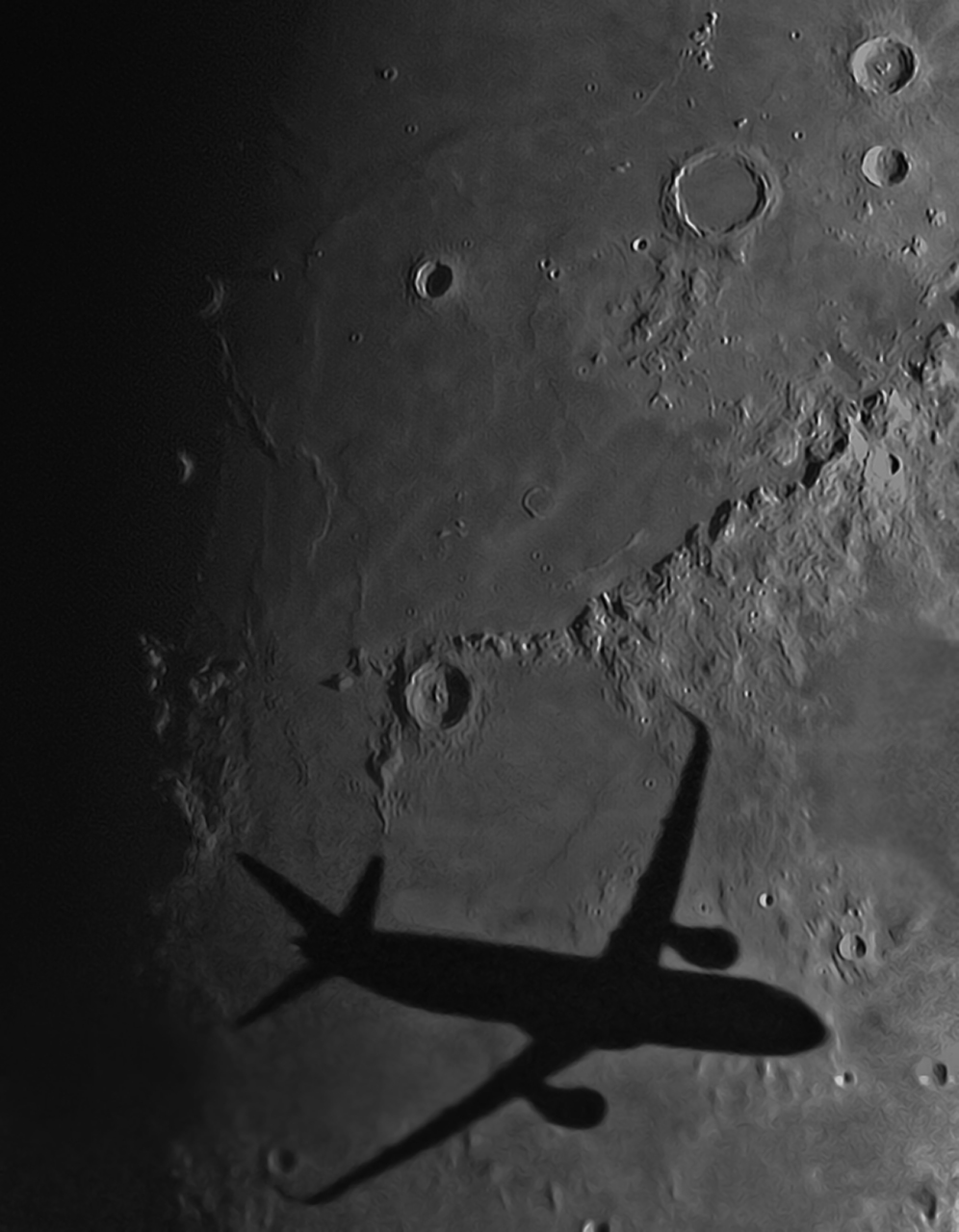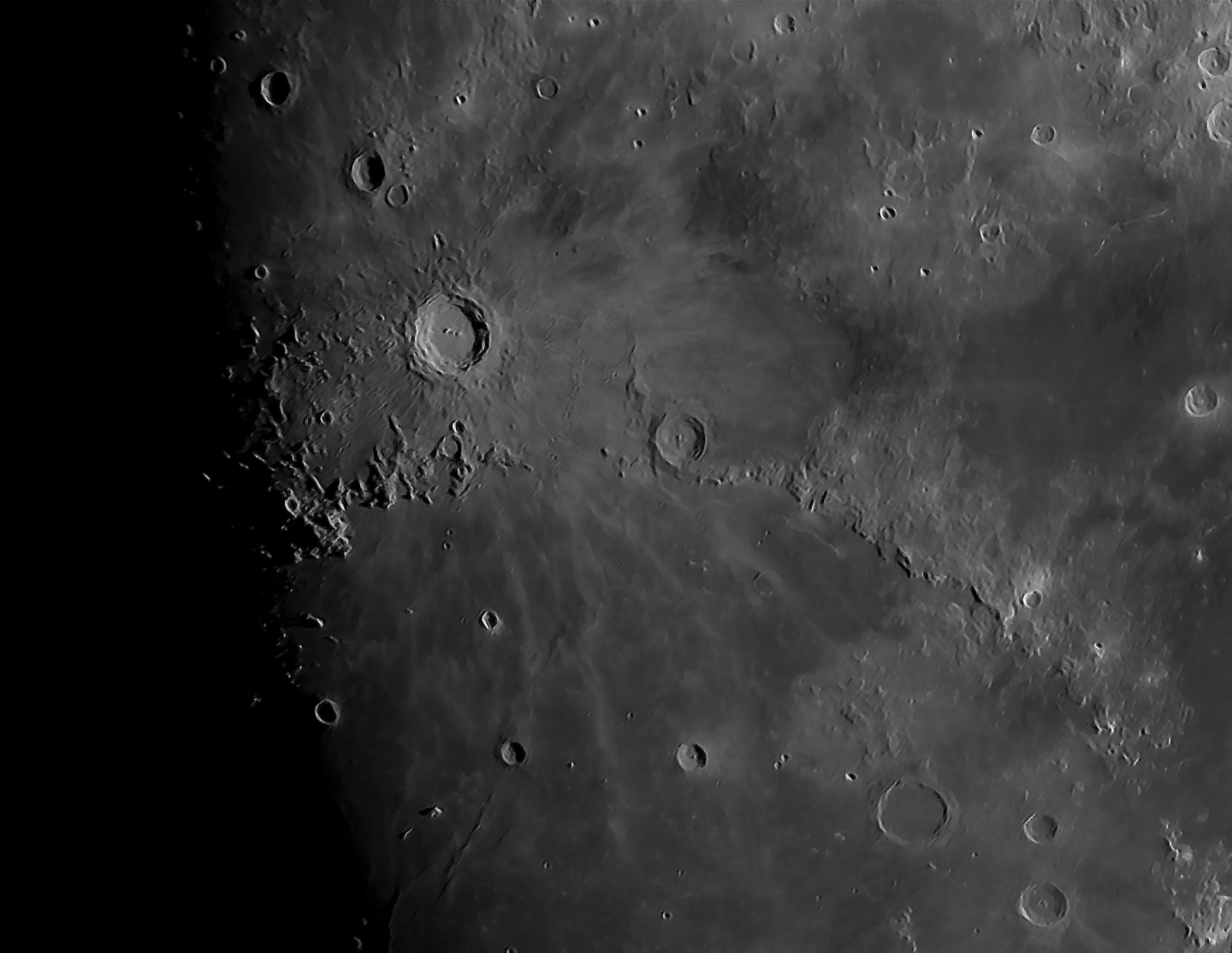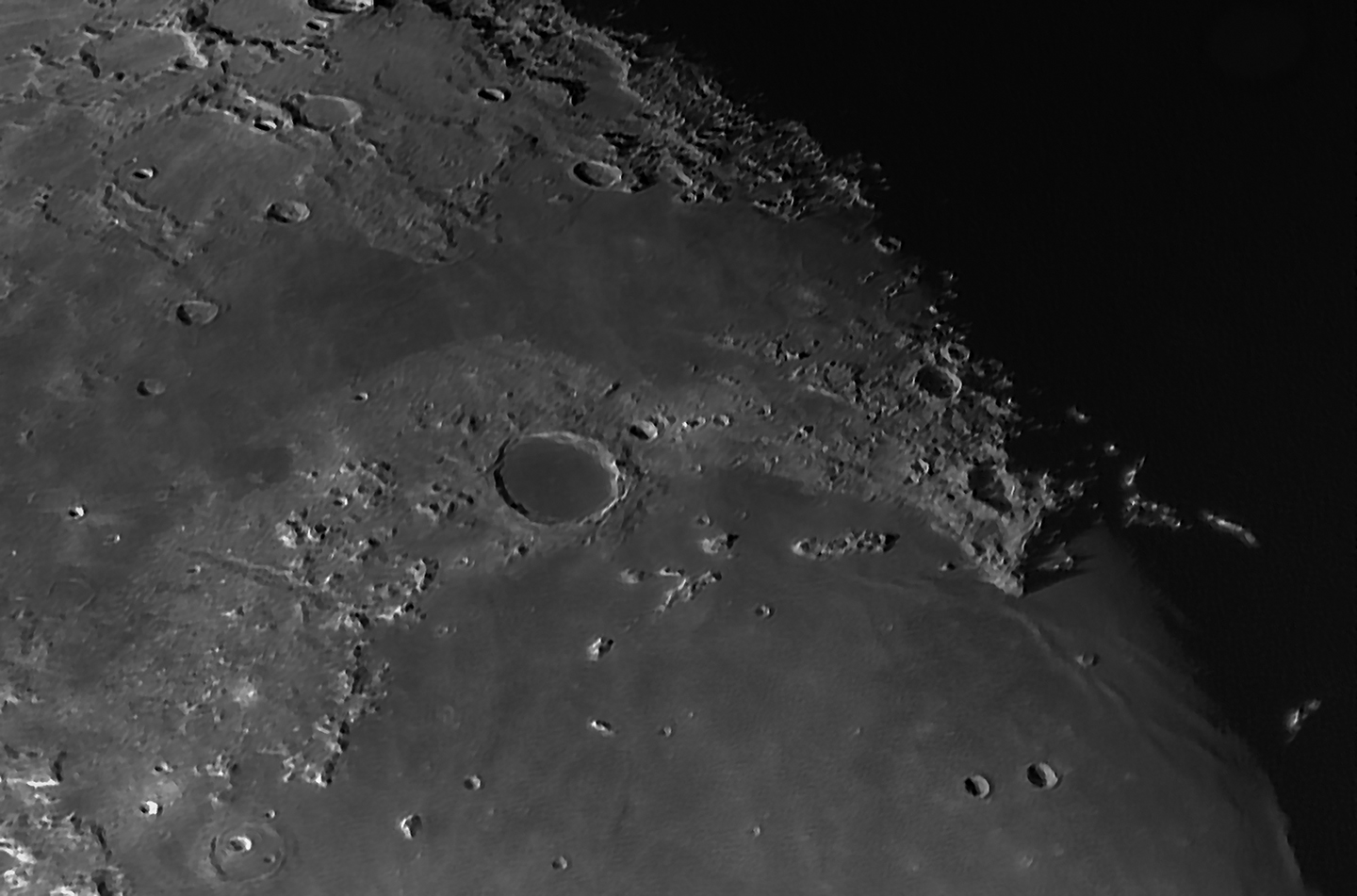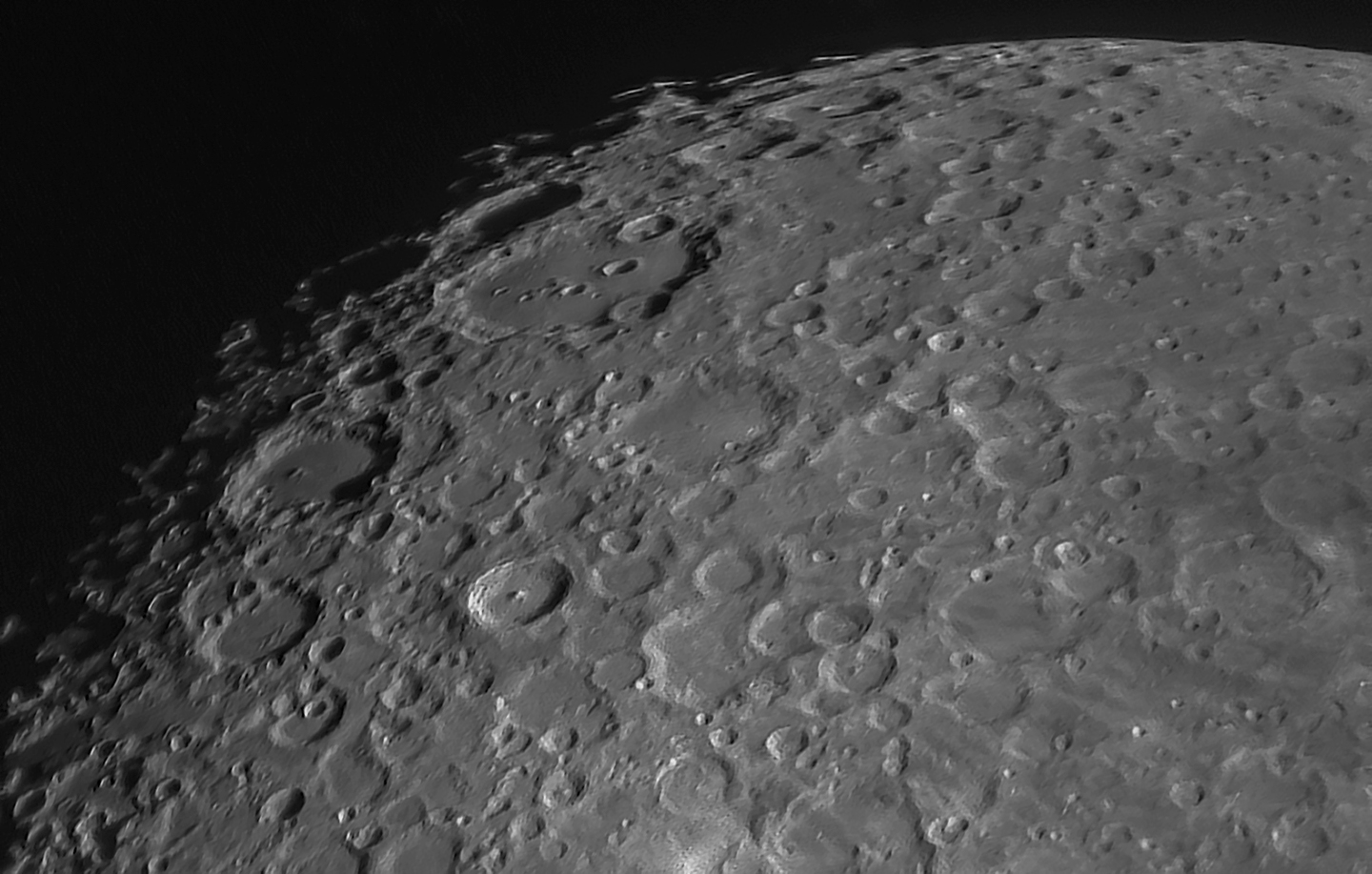Howling at the Moon, 7 :: home :: |
The Sleeper Awakes!
10/14/2021: It's been NINE YEARS since I updated the "Howling at the Moon" portion of the slow blog (and that update was two years in coming). Apparently my Moon-gazing is episodic. So much has changed, and so much has not. New software all around, new cameras, some new telescopes (though the 10-inch remains my serious optic). I'm nailing down workflows involving collecting, processing, and refining images as well as transporting tools and toys from down here under the growing pines up to the community lot (I used to plan to head for the cul de sac). For the moment, the mount and optics are light and small. Once I know how to get enough from them consistently, I hope to transfer that expertise to my heavier gear and maybe to more distant sites. The photo up top is from the Richlands, in the open field in front of Bea and Jeffrey's Hobbitt house. I took the telescope and camera along as after-dinner entertainment. I was filming through thin spots (not to say "gaps") in way too many clouds using a very small R.O.I. (just 600x480) and a very high frame rate (252 fps) at the telescope's native focal length of only 506mm. Whoosh! this 737 Max or Airbus 320-ish flickered through the field (it's on the order of 20-25 miles away). Viewing the scene at 24 fps, the 11x slower progress of the jet is almost stately. The airliner's silhouette comes from a single frame; the background of Eratosthenes and the Apennines, with the eastern rimwall of Copernicus just beginning to light up in the dawn, is a stack of 500 frames out of 2,000. The top third of the frame has been mosaiced in. The little TMB92SS has turned into my do-everything telescope. It's the size of a breadloaf, and not a big breadloaf either. I often use it on a Meade LXD-55 mount bought as a remainder from Meade way, way back in the oughts. The mount lived in my office as a doorstop in search of a door for years. It works very nicely as long as you don't ask it to do what it cannot do. It's been great for solar photography under the 90mm Frankenscope, for instance, and the 105mm Sigma and a Canon body make a killer team on it. Likewise, the compact TMB92SS is very solid up there.
10/16/2021: I got back at it last night, but none of the Moonshots I've tried as yet are as big and high-rezzy as the ones on previous pages. That's OK. I just need to get (re)started somewhere. Behold. Copernicus, Eratosthenes, Plato, Clavius, and Tycho -- the usual suspects.
Best 1,000 of 5,000 frames
We've got a new beginning here, so let's establish this convention up front. Most of the time / all the time images are shown on these pages as 720 pixels wide, but that's just because I have the HTML display them that size. If you want to see them larger, just do that "view image in a new tab" thing. Rarely, I'll put a link a special page where the image is shown larger, but that's often trouble I just don't want to go to. Maybe I'll start hyperlinking to the image file so you'd just need to click the pic, but not today. Now, you know what's really useful? Not another damn picture of the Moon. What's useful is a bad picture of the Moon followed by an explanation of what went wrong and what to do about it. Some of those up above are the fixed versions of some bad pictures. When I isolate a good example, I'll show you. In the meantime, here's the wordy version. I started off with 400 frame stacks from 5,000 and 10,000 frame clips. Every one of them was "jittery" with doubled features and features offset and "smeared" along a diagonal path. The jittery thing just looked like unhandled noise made worse by deconvolution processes, but the apparent doubling and trailing made no sense at all, because that's exactly what Autostakkert! is supposed to accommodate when aligning and stacking. So I wonder if the trailing issue isn't motion-related at all but an optical aberration masquarading as trailing, such as, perhaps, a tilted Barlow or uncollimated optical element somewhere between the objective and the sensor. In any case, I removed most of the problem with FocusMax's "motion blur" tool. Photoshop, Topaz, etc have specific anti-blurring routines, and the deconvolution / erosion settings in Pixinsight can handle image smear, too. I don't have an explanation, but this solution seems robust: use more subs (which eliminates the noise and jitter) and forces the s/w to use images from throughout the imaging run rather than just in two or three steady episodes (which might account, somehow for the doubled images and "smear"). If the smearing persists, treat it as if it really is motion-blur. It might be, somehow.
:: top ::
|
© 2021, David Cortner



